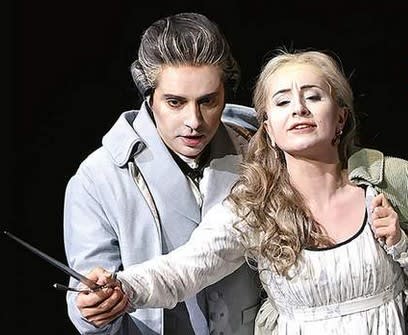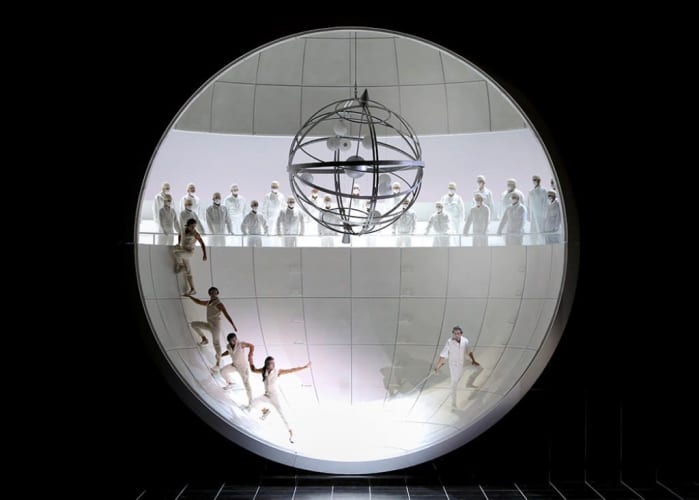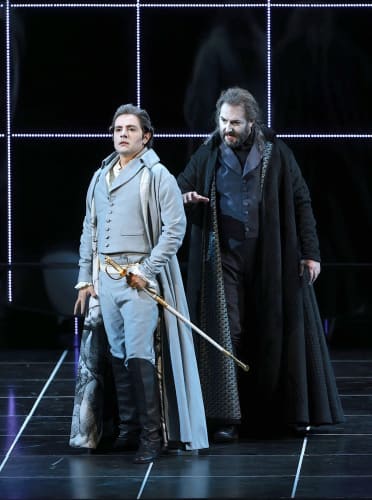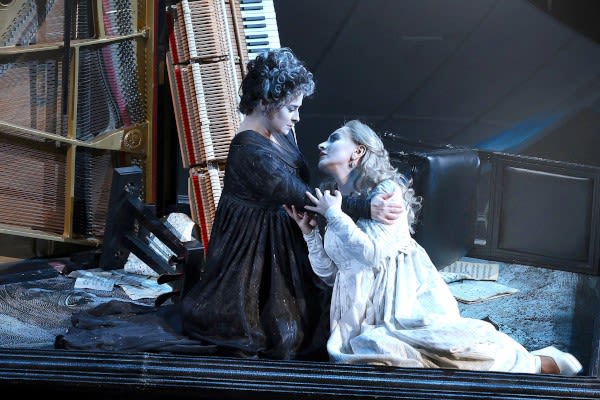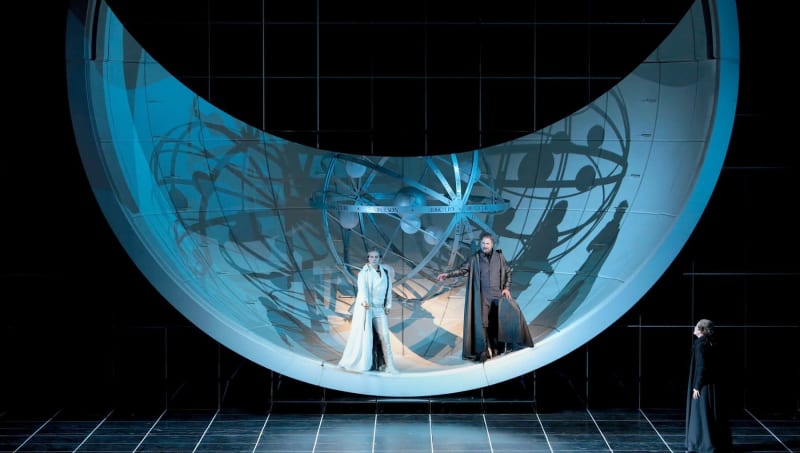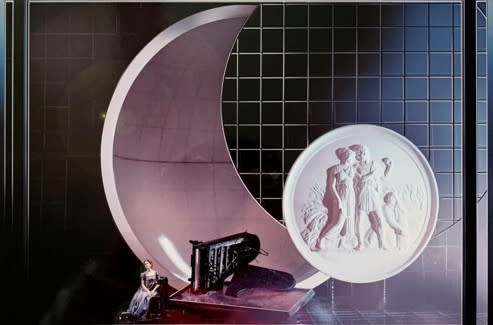When the 26-year-old Bellini was asked to write an opera for the new theatre in Genoa, time was short so he adapted his previous opera Bianca e Gernando.
It would be amusing to suppose that by changing one letter in the title he hoped that no-one would notice the difference. In fact, the previous one had been changed by censors in Naples to avoid the prohibited use of 'Fernando', the name of the local heir apparent.
Bellini claimed to have rewritten half the score. What did thankfully survive is a fine cabaletta for Bianca that the composer was to use for a third time to accompany Norma's Casta Diva. Much of the rest of the original material seems workaday in comparison, against which the new overture, and a couple of new numbers stand out as indications of the composer's growing maturity.
The slightly amended libretto was based on a contemporary play: Filippo has deposed and imprisoned Duke Carlo, whom he says is dead, and seeks to marry Carlo’s daughter Bianca. Her brother Fernando returns in disguise and, after suspecting his sister of complicity in the conspiracy, defeats Filippo and the family are joyfully reunited.
Argentine director and designer Hugo de Ana responds to this facile plot with an audacious production as striking as it is bewildering. The set resembles a planetarium or astrological laboratory, featuring a huge ring in the upper part of which the chorus stand as white-robed technicians.
A dozen silent figures clad in black or white, according to moral rectitude, move with spheres, balloons and hoops, yet the principals are dressed in Empire costumes, accompanied by neo-Classical symbols. Add for good measure a smashed piano. There is I suppose an allegorical sense in all this, something about a search for truth and reason, but any connection it has with the libretto is tenuous at best. Still, the whole thing is quite enjoyable to look at, if judged purely as an exercise in aesthetics.
Bellini pitilessly gives Fernando a fearsome opening aria that ascends frequently to high Cs and above. It’s a stretch for any tenor, including Giorgio Misseri here. It seems an ill-judged placement, whoever the singer may be; Misseri copes boldly but his lyrical voice is heard to much better effect in Fernando’s new act 2 aria "All’udir del padre".
Another quirk of the score is that Bianca sings solo with the chorus in the final scene, despite the presence of her adored father and brother. Fortunately, Salome Jicia has the expressiveness, the heft and sweetness of tone to deserve her front-of-stage spotlight at the curtain fall.
Bianca has the best music in the opera, the previously mentioned act 1 cabaletta "Contenta appien quest’alma", and in the opening of the finale, over gentle harp and woodwind. There is warmth in her singing throughout, and she brings out a depth of personality in a libretto of otherwise two-dimensional characters.
Most of Bellini’s finest writing is in the second act, including the chorus "Tutti siam?" with echoes of Beethoven’s "Moonlight Sonata", and a moving cavatina for Alessio Cacciamani’s Carlo. Nicola Ulivieri sings elegantly as the dastardly Filippo, who unfortunately for him is a bit of a patsy as dastards go.
The orchestra is energised by conductor Donato Renzetti, without excess, and the chorus sings beautifully.
